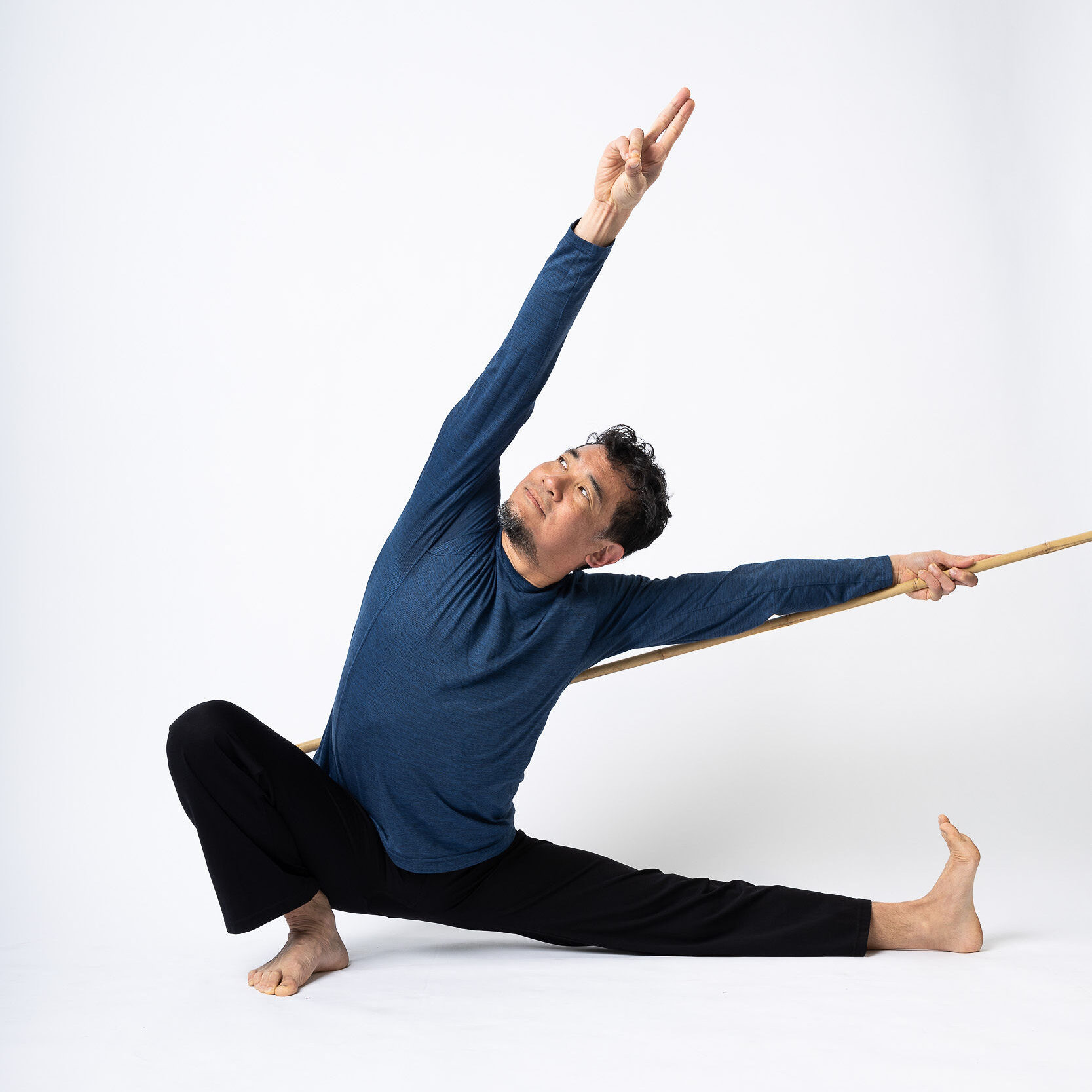
Eknath Easwaran recommended learning to slow down the pace of thoughts enough that we could see there was space between them. This ability to perceive the moments of non-thought between our thoughts is important for understanding our true nature…. we are souls that have thoughts, but we are not the thoughts themselves.
Spaces Between in Asana Practice
On a physical level, we often play with the idea of space in our Asana (pose) practice in yoga. Whether it’s the expansiveness of an assertive-feeling warrior II — reaching with the arms and even the gaze, or something subtle like expanding the distance between our ribs in a side bend, we are constantly examining our relationship to space with our bodies. This goes also for the reverse – the removal of space using binds to compress our bodies into a more compact shape, or curling up to more easily balance over our hands in Bakasana.
External Rotation in the Shoulders
One anatomical application of space creation is external rotation in the shoulders as arms reach overhead. By rotating the palms toward each other when the arms are overhead, we rotate the upper arm bone (humerus) externally in the shoulder joint, which prevents the bones from compressing soft tissue between them. By simply playing with orientation of the arm bone in the shoulder’s ball-and-socket joint, we create more space anatomically, reducing the opportunity for soft tissue to be injured in demanding poses such as handstand.
External and Internal Cues
There’s been some wonderful discussion around our ability to expand or compress space in our bodies in response to cues that are externally based (e.g.: “reach for the ceiling with the top of your head”) or internally based (e.g.: “engage your glutes!”) Which type of cue tends to be more evocative for you?
